What's actually happening to your muscles when you stretch?
Stretching can increase your mobility, even if scientists don’t fully understand why – but is that always the right goal?
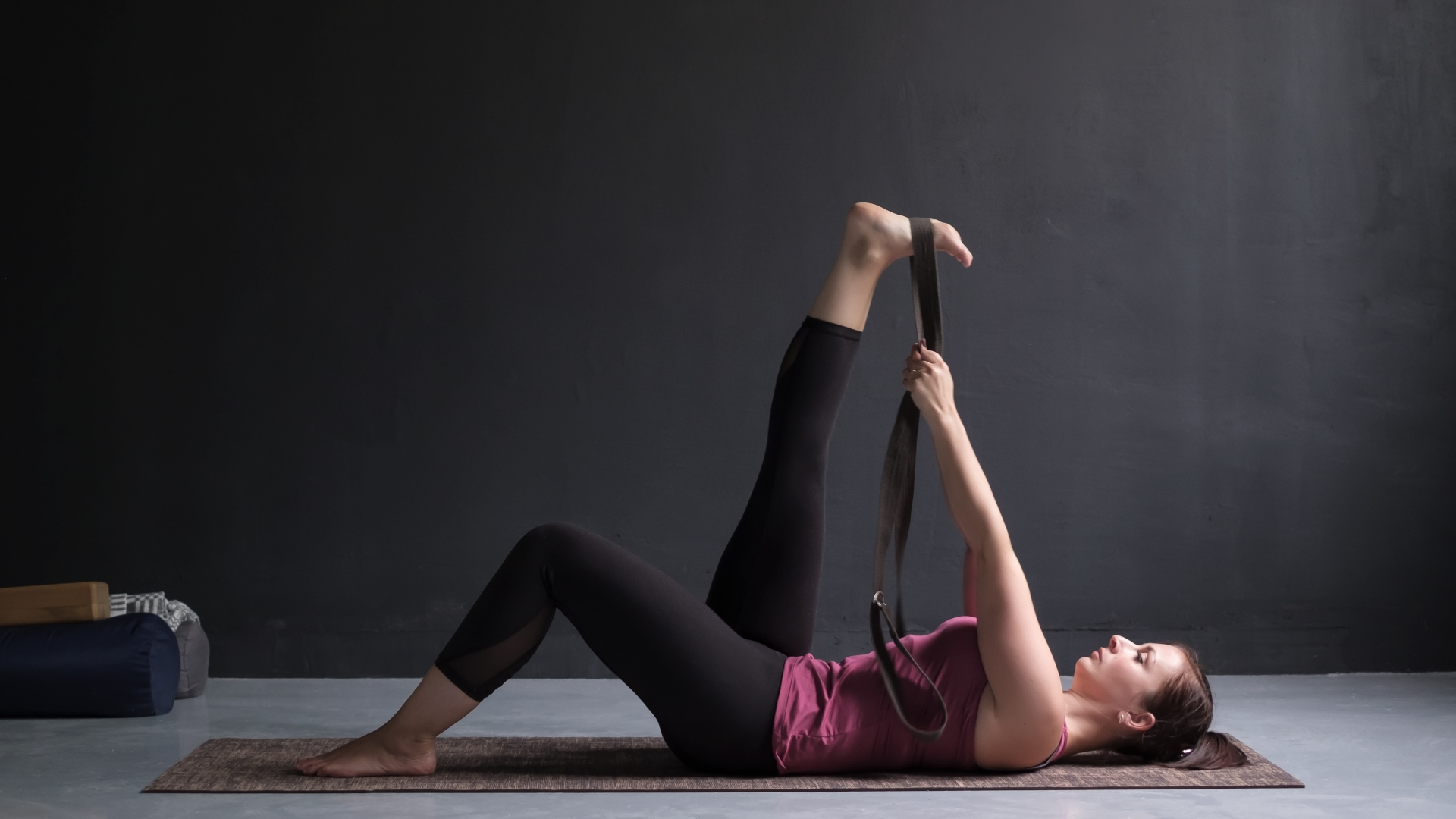
Stretching is one of those practices that we’ve all had drilled into us is a good idea for everybody. The general consensus is that activities like running make your muscles tight and short, so when you kick off your road running shoes after a long spell on the tarmac, you should get on your yoga mat and lengthen out your hamstrings and quads. Even as a yoga teacher, I long believed this to be true, until 2015, when new articles and research started emerging that totally challenged how I thought about flexibility and stretching.
As a younger yoga teacher, I’d either been taught that “tight” muscles are short and stretching “lengthens” them, or I’d assumed it to be true and no one had ever corrected me. But then a student of mine sent me an article that contradicted this common assumption: your muscles don’t get any longer when you stretch them because they’re attached, via tendons, to bones. You can move the two ends of a muscle apart to feel a stretch, which is why you might feel a stretch sensation in your hamstrings right now if you bend forward and touch your toes with straight legs and tilt your sitting bones up. But when you stand back up, the length of those muscles hasn’t actually changed.
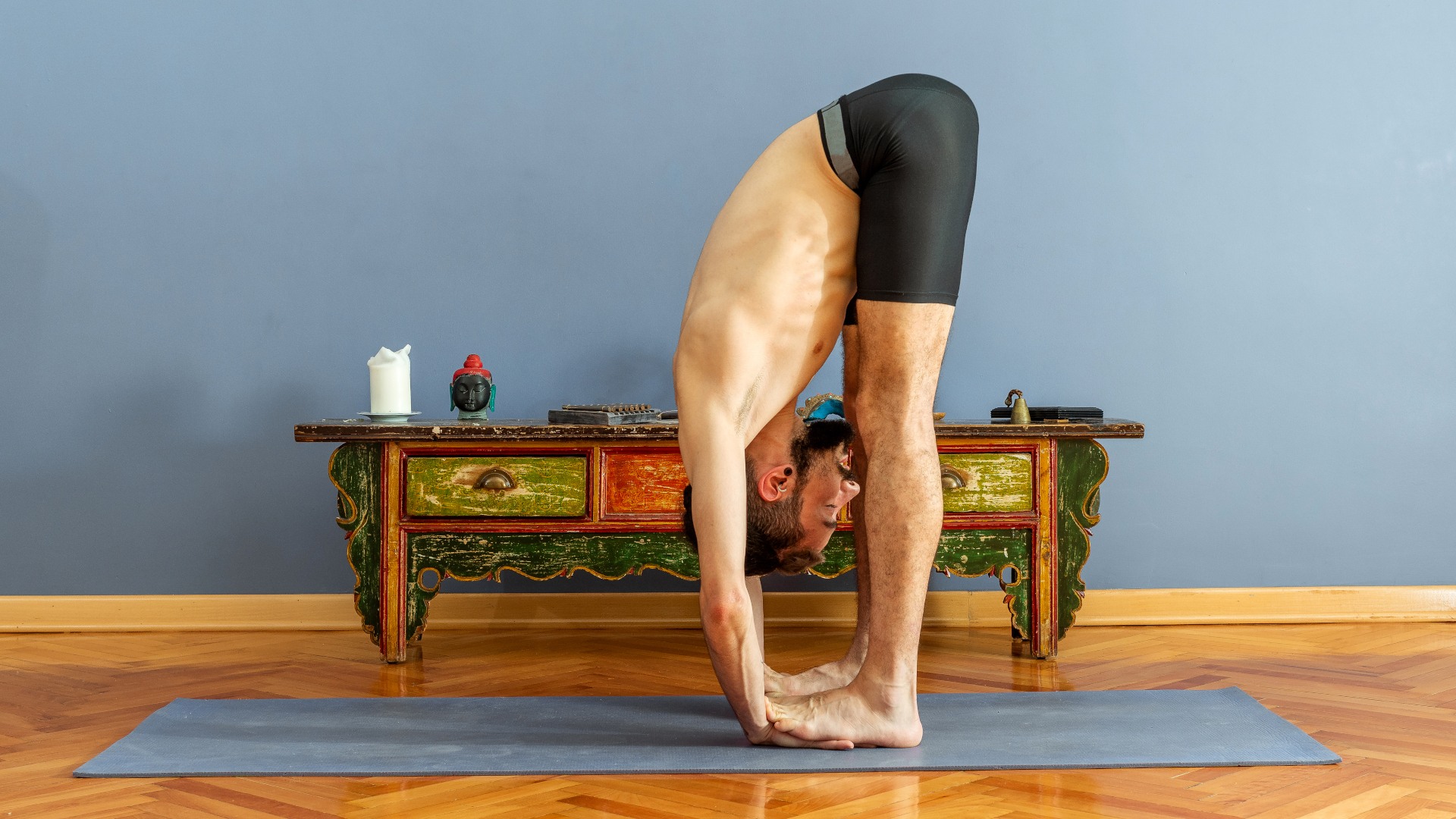
The science of stretching
So what's actually happening to your muscles when you stretch? The truth is that scientists don’t exactly know, according to a 2014 article in Live Science that kicked off this whole line of inquiry for me. But according to Jules Mitchell, author of the book Yoga Biomechanics: Redefining Stretching, the answer may lie more in your neurology than your muscles.
“Tight is a sensation, but it doesn’t have a biological expression,” says Mitchell.
Take my story, for example. Today, if I really want to (and I seldom do), I can put my leg behind my head. But 20 years ago, I couldn’t touch my toes. How did I get from one place to the other? Well I stretched a lot. I went to loads and loads of yoga classes and as a result, I became more flexible and for a while thought my muscles were longer or more supple. But in 2017, I attended a yoga teacher training with Mitchell in Boulder, where I learned that it’s probably because back when I felt unable to touch my toes, it was down to the presence of a lot of stretch sensation, which had me backing off. Because I felt a lot of sensation, I always assumed my hamstrings were short, which they weren’t, or tight, which they certainly felt, but that doesn’t necessarily mean anything anatomically.
Mitchell explains that what we’ve collectively termed as “long” and “short” in muscular anatomy is actually more like strong or weak. It can be true that if you spend a lot of time on the trail or in the gym that your muscles are very strong and therefore feel tight, but a lack of flexibility could likewise be down to weakness in the muscles hampering their ability to move bones. So my hamstrings could have been strong back then – I did run and swim a fair bit – or they could have been weak due to underuse or limited use. Basically, flexibility and strength don’t directly correlate one way or the other.
“You can be strong and inflexible, but you can also be strong and flexible,” says Mitchell.
Advnture Newsletter
All the latest inspiration, tips and guides to help you plan your next Advnture!
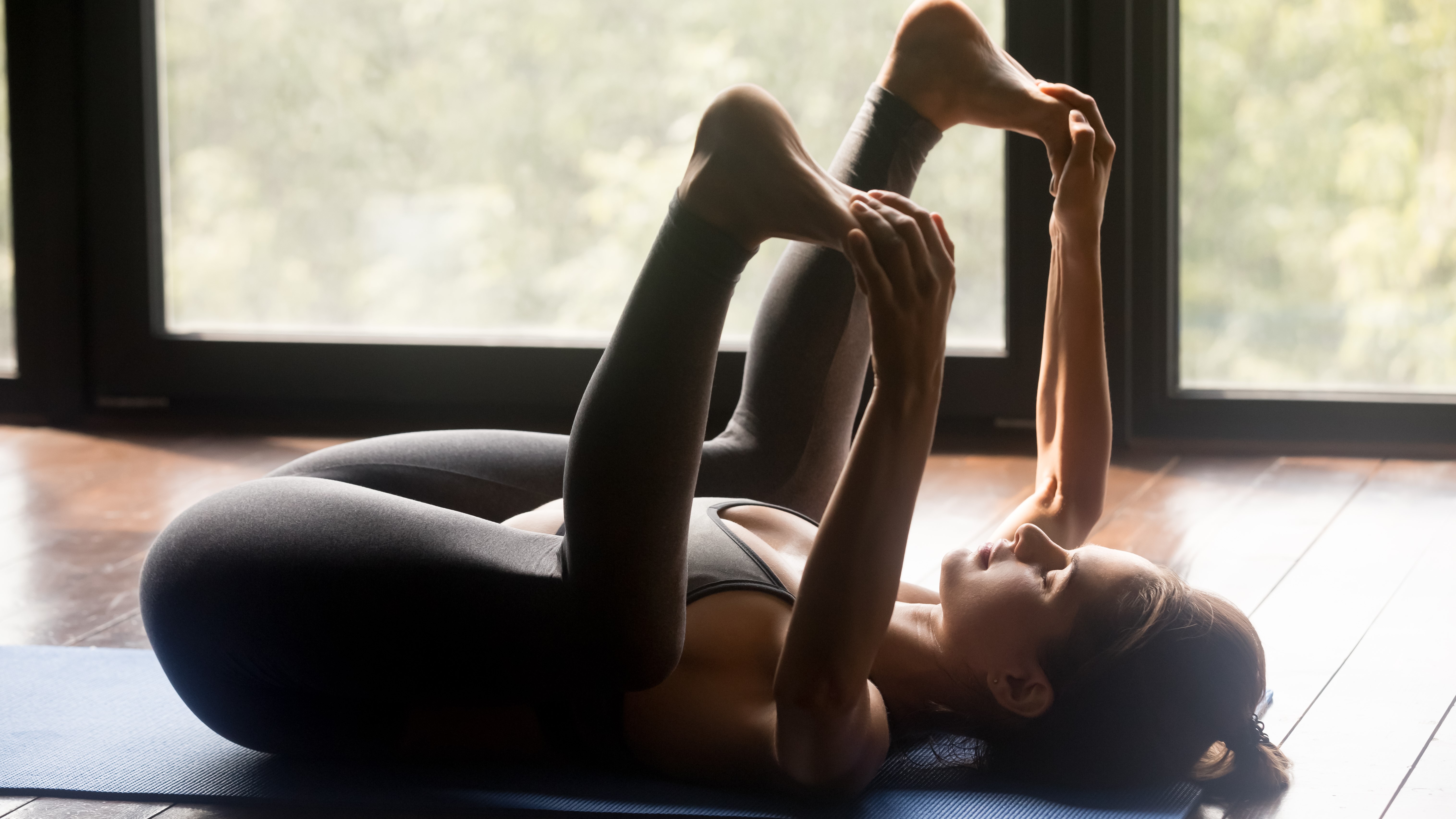
Regardless of why I was feeling it, that sensation that prevented me from going further in a stretch was most likely my nervous system doing its job and detecting unfamiliar ranges of motion and bracing against perceived danger – in this case, an injury such as a muscle tear. But because I kept persevering, my nervous system probably started to detect that sensation as familiar after a while, which in my body anyway has allowed for a great deal more range of motion.
Now just because this was true for me, doesn’t mean that you can start doing yoga seven days a week and expect to throw your leg behind your head next year. There’s a genetic component to flexibility according to a 2022 article in The Times, so perhaps my mobility was intrinsic in my genes, not earned, and something that I was simply able to expose by doing certain movements.
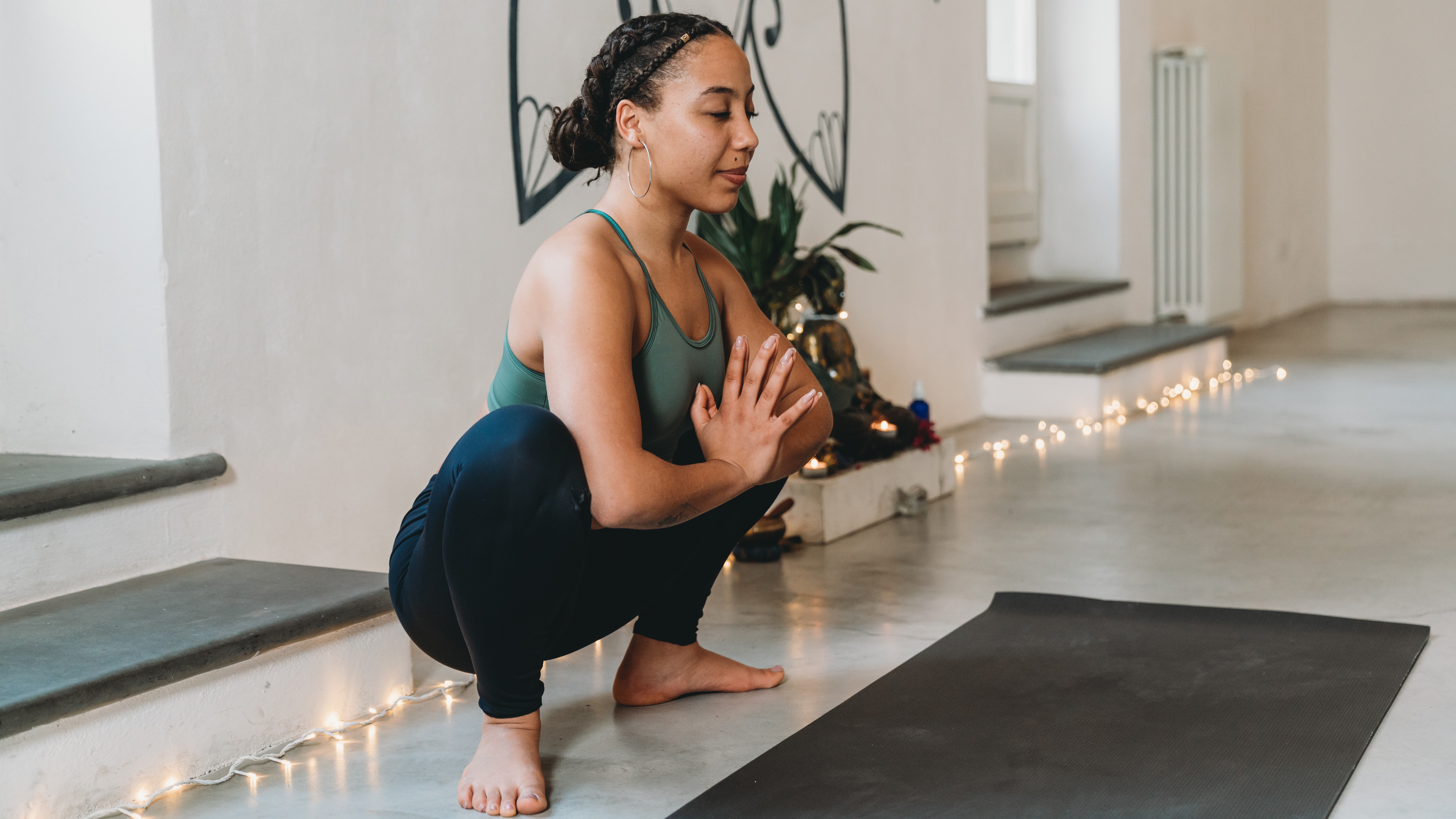
The mechanics of mobility
Then you’ve got the matter of flexibility also not being what we necessarily think. Muscles move joints, so their “tightness” may inhibit certain movements – something I see a lot as a yoga teacher is gym goers with overdeveloped lats from doing pull ups who can’t easily raise their arms overhead. So muscles can inhibit movement, but there’s more than just muscles involved in movement.
In fact, what we call “flexibility” is actually more accurately termed mobility, and it describes the different aspects that contribute to range of motion, including joint structure, which is genetic and can’t be changed, and motor control. So my evolution from a Tin Man to pretzel wasn’t just down to my hamstrings – the movements I repeatedly did helped to improve my hip mobility (probably by strengthening the muscles around my hips, not stretching them) and helped to refine my sense of proprioception.
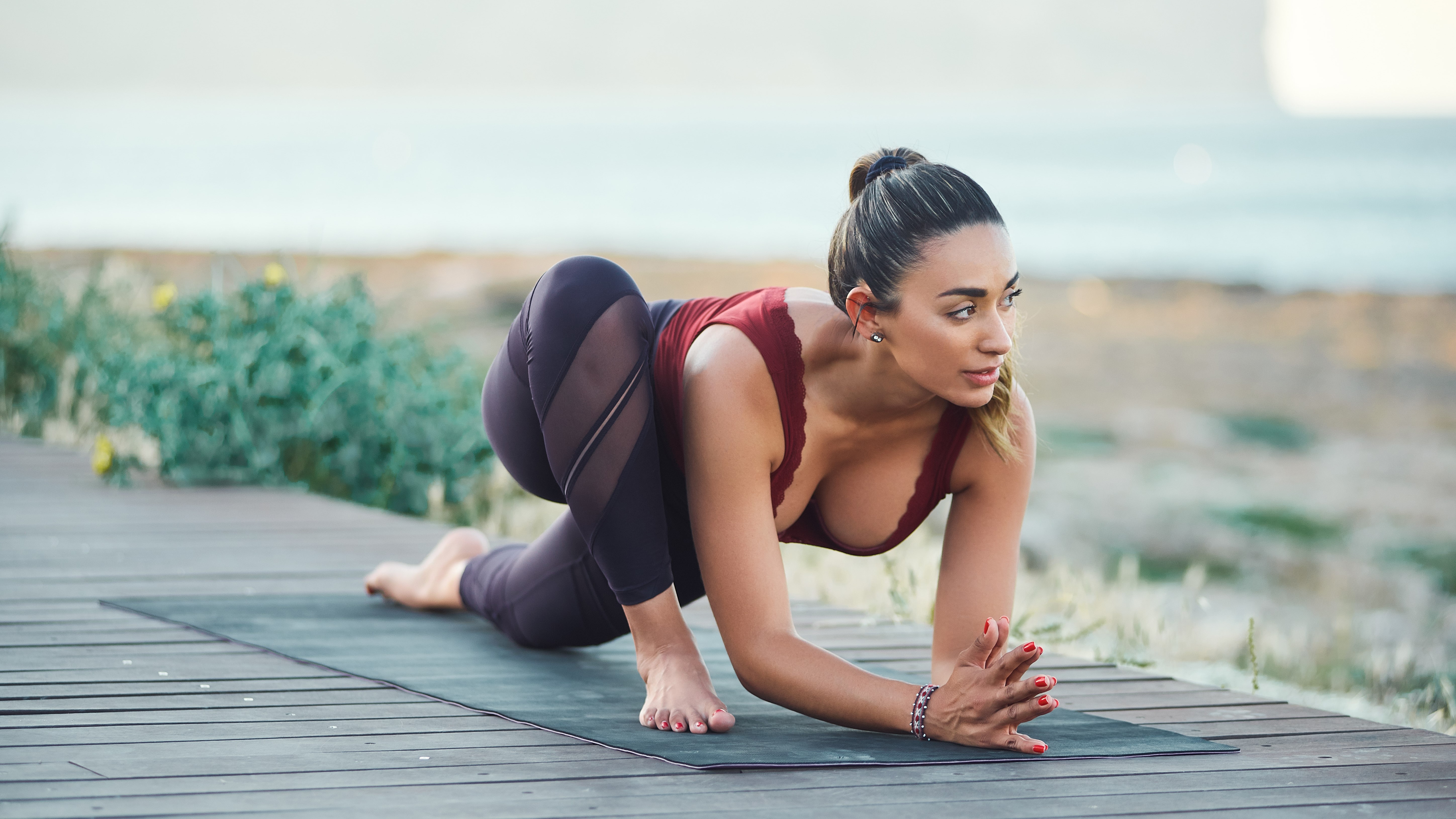
Should everyone be stretching?
So, stretching doesn’t work exactly the way we think it does, but it can have an impact on your mobility – and yet still there remains an important question: should all athletes be stretching? Well, it really depends on whether being more mobile helps you in your chosen sport. We used to think that stretching before a run or workout was essential to avoid injury, but that myth got debunked years ago and now it’s generally agreed that stretching is a good idea after a workout. It certainly feels great and seems to aid recovery, even if we don’t totally understand why, but Mitchell warns stretching may not be in every athlete’s best interests.
“If an athlete wants to improve at a certain athletic skill, the principle of specificity tells us she needs to practice that skill. Athletes adapt to the demands of the sport to give them a competitive edge, so reversing those demands might not be the best practice.”
In other words, for a sprinter like Marcell Jacobs to retain his competitive edge at the next Olympics, he probably needs to keep sprinting, and not start stretching.
That said, if you’re just looking to offset activities like hiking and non-competitive running and biking, all of which explore short, repetitive movements, stretching may still hold value because if nothing else, it will move your joints in bigger and more dynamic ranges of motion than you get on the trail, reminding your nervous system that those movements are safe and natural. Like anything, if you're unused to stretching, it’s best to work with a personal trainer or yoga teacher to approach it safely.
Julia Clarke is a staff writer for Advnture.com and the author of the book Restorative Yoga for Beginners. She loves to explore mountains on foot, bike, skis and belay and then recover on the the yoga mat. Julia graduated with a degree in journalism in 2004 and spent eight years working as a radio presenter in Kansas City, Vermont, Boston and New York City before discovering the joys of the Rocky Mountains. She then detoured west to Colorado and enjoyed 11 years teaching yoga in Vail before returning to her hometown of Glasgow, Scotland in 2020 to focus on family and writing.

